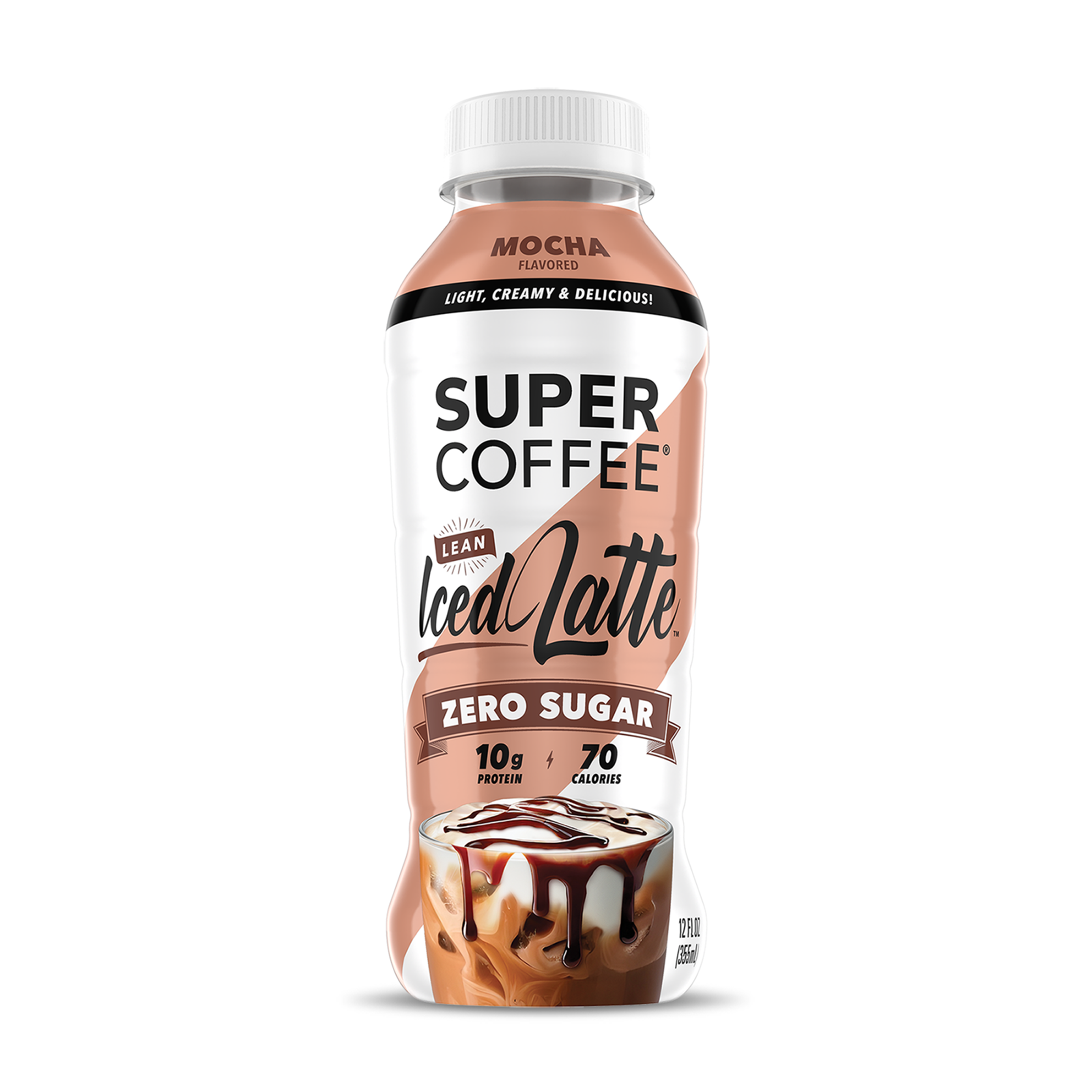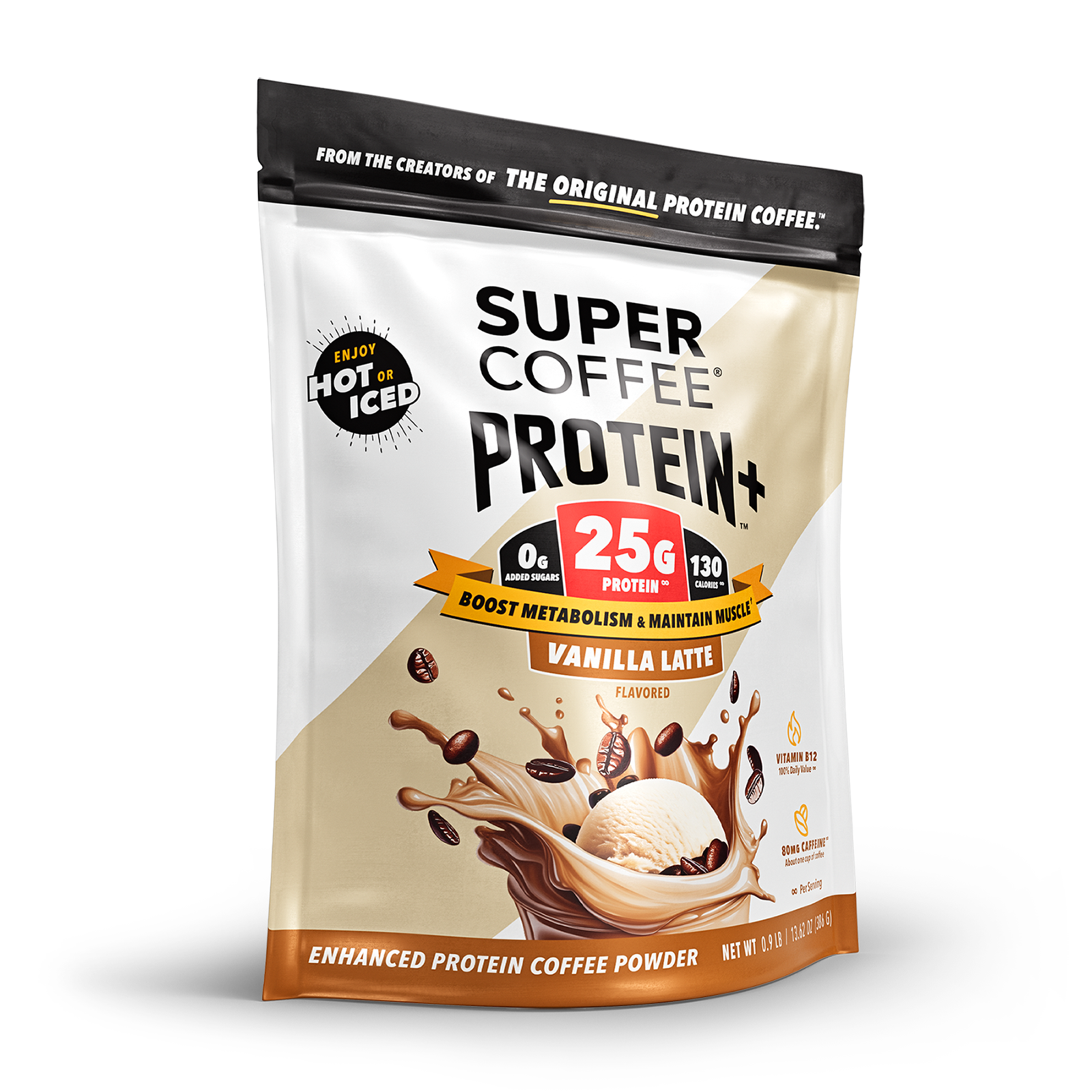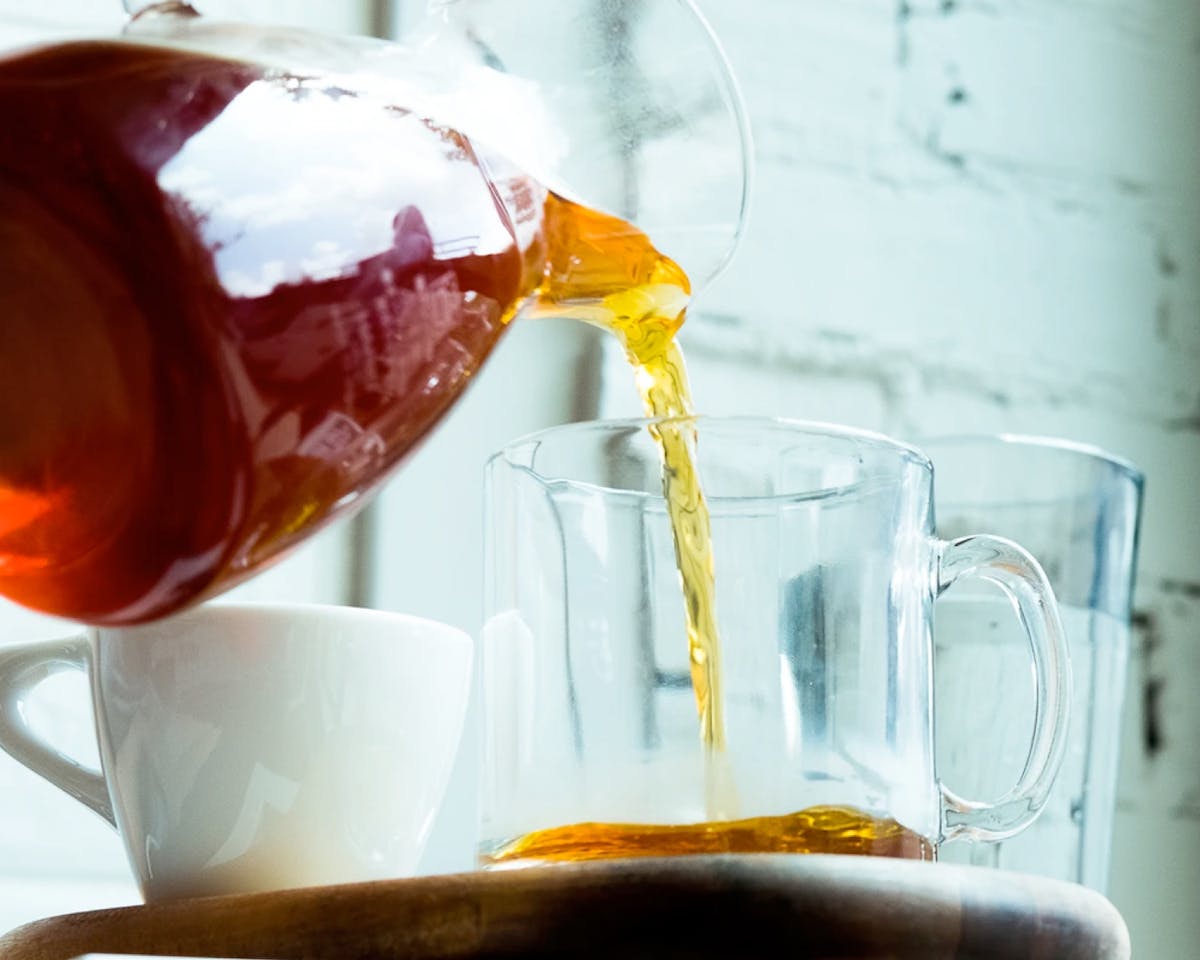Your cart is empty
When you’re choosing a diet, it’s only natural to consider what you will and won’t be allowed to eat.
On a vegan diet, you can’t eat meat but you can eat pasta. On the ketogenic diet, you can eat meat but you can’t eat pasta. And on the Zone diet, you can’t eat fatty red meat or pasta.
It’s natural, of course, to focus on food. But when you choose a diet plan, you should really be thinking about what you can and can’t drink, too. For instance, on the vegan and keto diets, you aren’t supposed to drink dairy milk. But on the Zone diet, it’s “the perfect snack.”
There’s an interesting, apparent contradiction in that last sentence.
Both the keto and Zone diets are considered low-carb eating plans. Yet you’re allowed to drink milk on one diet and not the other.
What’s that all about? And more importantly, what can and can’t you drink when you’re on a low-carb diet?
Let’s talk about it.
Low-Carb Diets
Low carb diets have been shown to help people lose weight. They may also help regulate blood sugar spikes, lower blood pressure and cholesterol levels, contribute to heart health – and reduce your appetite, too.
However, low-carb is a term of art, not science. There’s no single “right amount” of carbs you can or should consume when you’re on a low-carb eating plan.
Instead, the term simply calls for limits on one of the three macronutrient groups, carbohydrates. Each low-carb diet provides its own guidance on the ideal carb content in a daily diet – and which of the other macronutrients, fat or protein, should be emphasized more.
Here are a few examples. Keto recommends that carbs make up no more than 5-10% of daily calories. The Atkins diet starts around the same level, but then relaxes limits on carb intake. The Zone diet suggests no more than 40%, but the carbs should have a low glycemic index. Paleo (the “caveman” diet) doesn’t have a set limit, but its guidelines eliminate most carb-heavy foods simply because our ancestors didn’t eat them.
Yet all of them are considered low-carb diets.
Why does the allowable amount of carbs vary so greatly? It’s because low-carb diet rules depend on the type of low-carb diet you’re following.
Keto and the first phase of Atkins aim to put the body into the metabolic state called ketosis, which jump-starts fat burning. With the Zone diet, the goal is to prevent body inflammation by maintaining strict macronutrient ratios. And Paleo is based less on science and more on a philosophy: the cavemen didn’t contract modern illnesses because they had a healthier diet – so we should eat like they did.
(That answers one of the first questions we asked; milk is relatively high in carbs so it’s not allowed on rigorous low-carb diets like keto, but is OK on the more-forgiving Zone diet.)
No matter which low-carb meal plan you’re following, the bottom line is essentially the same. The fewer carbohydrates you ingest, the better you’ll do and the more weight you’ll lose.
Liquids provide nearly one-quarter of the calories in the average American diet. So it makes sense for low-carb dieters to know which beverages are low in carbohydrates, and which ones are way too high.
We happen to have those lists right here.
Low-Carb Drinks: The Worst Choices
Why are we starting with our rundown of the worst beverages to drink on a low-carb diet, instead of the best?
It’s simple. Most peoples’ eating and drinking habits have been formed over a lifetime. Changing them isn’t as easy as just stocking the fridge with the beverages you’re supposed to drink; it requires a conscious decision to make changes. And many low-carb diets actually require you to keep a carb count.
If you’re at a friend’s house or a restaurant, it’s easy (and tempting) to cheat and grab a Coke instead of a low-carb beverage. If you understand why that’s such a bad idea – and if you know how quickly the Coke could destroy all the work you’ve put into your diet – it’s much easier to say “I’ll just have some water, thanks.”
So let’s get started. Here are the drinks to avoid when you’re eating (and drinking) low-carb.
Soft Drinks
Coke wasn’t just a handy example. Soda is just about the highest-carb drink you can choose because it’s loaded with added sugar – and sugar is nothing more than a sweet carbohydrate.
A 12-ounce can or bottle of Coke, Pepsi, Dr. Pepper or other cola contains around 40 grams of net carbs. (Net carbs is the important number; “total” carbs includes dietary fiber, which doesn’t really count because it can’t be digested.) Clear soda isn’t much better either; ginger ale and Sprite are in the high 30s. And root beer (45 net carbs) and orange soda (50 carbs) are even worse.
Let’s put that into perspective. A strict keto diet, and the first phase of Atkins, only allow you to consume about 20-25 grams of net carbs per day. That “cheat” can of Coke we mentioned earlier would be likely to knock you right out of ketosis, requiring you to start your diet all over again. On the Zone diet, you’d have to consume a ton of protein and fat to balance out a single soft drink – and to be honest, soft drinks are banned on the diet. As for the paleo diet, it’s easy: did cavemen drink soda? Neither should you.
Diet Soft Drinks
Ah, the perfect low-carb drink. In fact, many diet sodas these days have zero carbs. It says so, right in their name: Coke Zero, Pepsi Zero, Canada Dry Zero.
Hold your horses, friend. Yes, they are literally zero-carb and zero-calorie drinks. But that doesn’t make them a good choice on a low-carb diet.
There are a number of reasons why carb-free diet soda is still very bad for you. They’ve been tied to all sorts of health risks including diabetes, and study after study show that people who consume diet drinks are still likely to gain weight.
But there’s a bigger problem. Research shows that the artificial sweeteners in sugar-free drinks actually stimulate the brain’s reward center and increase cravings for sugar – meaning that soon after you drink a low-carb soda, you’re likely to be consuming real carbs and busting your diet.
Even though their name says they’re low-carb, these drinks should be avoided on low-carb diets.
Fruit Juice
Even though fruit is “good for you,” it’s very high in carbohydrates. So is its juice. The juices we love all contain high amounts of fructose, or fruit sugar. And as you know, sugar is basically just carbs.
Orange juice, apple juice, cranberry juice, pineapple juice – you name the juice, and an eight-ounce glass of it will contain between 25-35 net carbs. That makes them all “beverages non grata” on a low-carbohydrate diet. The only exceptions are lemon juice and lime juice; you probably wouldn’t think of downing a glass of either one, but that’s good news for the “best drinks” list that we’ll get to shortly.
Energy Drinks
Where do you think almost all of that energy comes from? That’s right, added sugar. Rockstar is the “worst” with a whopping 61 net grams of carbs per can. Red Bull’s on the low end, with 26 grams, but that’s still enough to potentially end a keto or first-stage Atkins diet. Energy shots are much, much worse. And even sports drinks like Gatorade contain nearly 20 grams of net carbs, nearly a full day’s worth just in a single bottle. Add electrolytes to a low-carb beverage instead.
Milk
Dairy milk contains lactose, and like fructose, it’s almost pure sugar. You can sneak a small glass of milk into a low-carb diet like keto, since it contains a more palatable 12 carbs; it’s just not a good idea since you’ll have to drastically limit any additional carb intake during the day. (And skim milk has just as many carbs as full-fat milk.)
The Zone diet isn’t quite as harsh on milk, since its carbs and proteins are “balanced,” but it can still only be consumed in moderation. Strict paleo bans milk because hunger-gatherers didn’t milk cows, but more “modern” followers still avoid it because of its high glycemic index.
Beer
A regular beer like Bud or Heineken contains 11 grams of net carbs, because it’s made from carb-heavy grains. Those beers definitely don’t qualify as low-carb beverages, but there’s good news on beer coming up.
Low-Carb Drinks: The Best Choices
One note: we’ll focus largely on keto-friendly drinks in this section, because keto is the strictest on carb consumption. The best keto drinks are generally OK for all low-carb diets.
Let’s get started. The best choice is also the obvious choice.
Water
It can get boring after a while. But water is the best low-carb drink: zero carbs, zero calories, zero fat, trace amounts of minerals. It also provides the hydration we all need, along with other health benefits including better brain function (due to the hydration), a healthier digestive system (hydration again, because it helps clear stool) – and greater weight loss, because it speeds up the metabolism a bit and makes you feel full.
As far as the boring part: plain water, sparkling water, seltzer and club soda are all zero-carb and can vary your beverage choices. You can also add a little lemon or lime juice (the low-carb juices we mentioned earlier) to provide extra taste. For a real change of pace try drinking bone broth, which is made with water, tastes great, and is terrific for your health.
Coffee and Tea
You probably guessed this one, too. Black coffee, espresso, black tea, green tea, white tea, iced coffee, iced tea – they all have less than a gram of net carbs, and their caffeine content helps speed up the metabolism to add in weight loss.
You probably also know the danger that coffee and tea can pose: added sugar. Every spoonful of sugar you put into your coffee or tea adds another four carbs, transforming two cups of coffee from one gram of carbs into 13 grams. We’ve already told you why artificial sweeteners aren’t any better, but there’s a zero-carb, keto-friendly alternative: pure stevia and monk fruit extract. They’re safe to use on low-carb diets (although obviously, not on strict paleo).
What about cream? There’s better news there. Heavy cream can be enjoyed in moderation since it’s a good source of healthy fats, the macronutrient most often encouraged as a replacement for carbohydrates. There are also a number of keto-friendly, low-carb coffee creamers on the market.
You’ve probably heard of high-fat keto coffee, more commonly called bulletproof coffee. It’s a favorite of many keto dieters because it contains butter or ghee (a great source of healthy fat) and MCT oil (which helps encourage weight loss on keto). It’s indeed low-carb, but more than one per day and you’re consuming way too many calories and saturated fats. Go slow with keto coffee.
An easy keto choice for those on the go? Ready-to-drink alternatives like Super Coffee, which are zero-carb and very low-calorie because they’re sweetened with monk fruit extract, and contain MCT oil as well.
We probably don’t have to tell you, sadly, that the Starbucks coffee drinks we all love are extremely high in carbs. There are alternative keto recipes you can ask for, though. One is a cinnamon dolce latte: a three-quarters-full Americano with steamed heavy cream and sugar-free cinnamon dolce syrup. Yummy. There are hacks for similar Starbucks drinks you can find online.
Non-Dairy Milk
Yes, they take a little getting used to. But nut milks like almond milk, coconut milk, cashew milk and macadamia milk are excellent low-carb substitutes for dairy milk. Just be sure they’re unsweetened, and avoid choices like oat milk (grains=carbs, just like in beer). Pro tip: coconut milk and almond milk make a great low-carb milkshake, and can also be used to make a delicious hot chocolate.
Alcoholic Drinks
Many of you have been waiting for this section, and we’ll start with low-carb beer. A number of light beers are surprisingly low in carbs; look for Bud Select 55 (1.9 grams of net carbs), Michelob Ultra (2.6), Natural Light and Busch Light (3.2). Coors Light (5 grams) is definitely popular, but a little higher in carbs and not a great choice if you like more than one.
Wine, you ask? Go for it. Red wine and white wine each contain only two grams of carbs per glass. Stay away from the sangria, though, since all that fruit means one glass contains more than 20 carbs.
We’ve got low-carb cocktails for you, too – since almost all hard liquor, including vodka, whiskey, tequila and gin are zero-carb drinks. The real danger here is mixers. A margarita or mojito sets you back 13 carbs, and a vodka and tonic contains more than 20. Stick to soda water, or zero-carb soda if you must, as mixers.
Blog posts
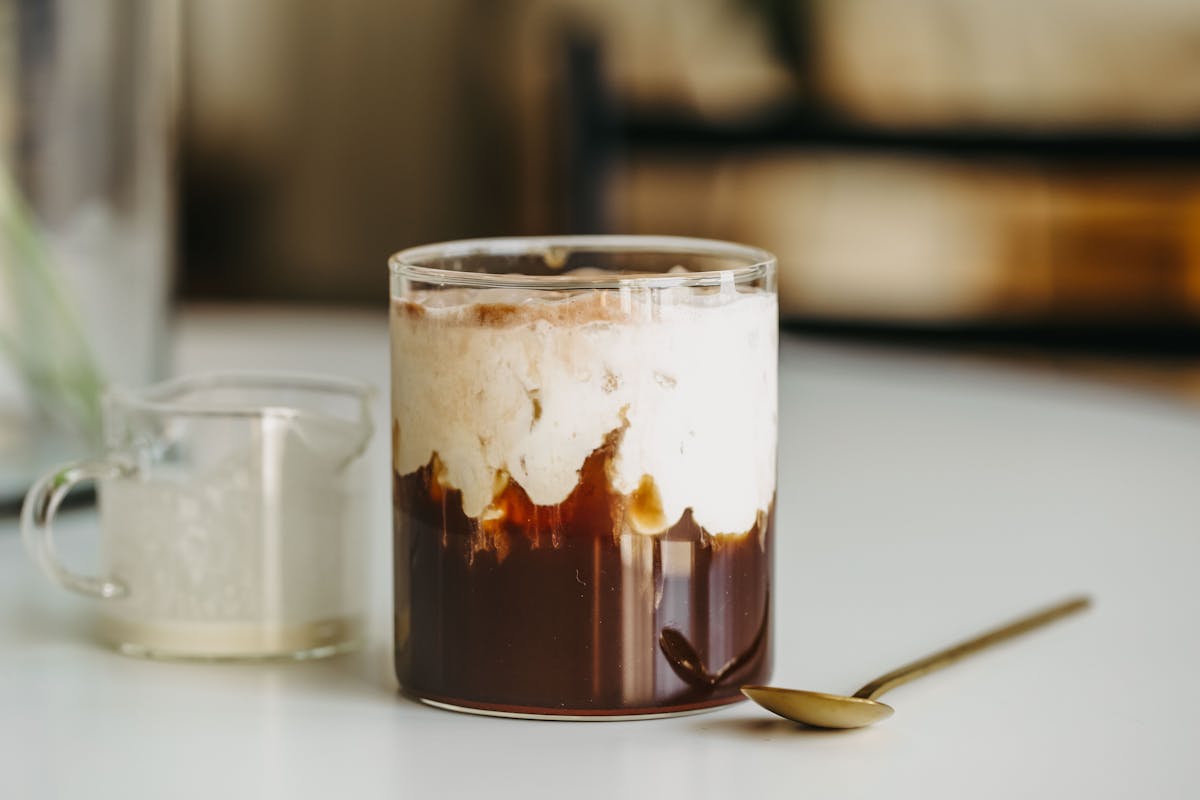
Cold, creamy and delicious - This chocolatey cold brew recipe is the perfect treat to kickstart your morning! The Recipe Chocolate Cream Cold Brew Prep Time: 1 minutes Cook Time: 5 minutes Ingre...
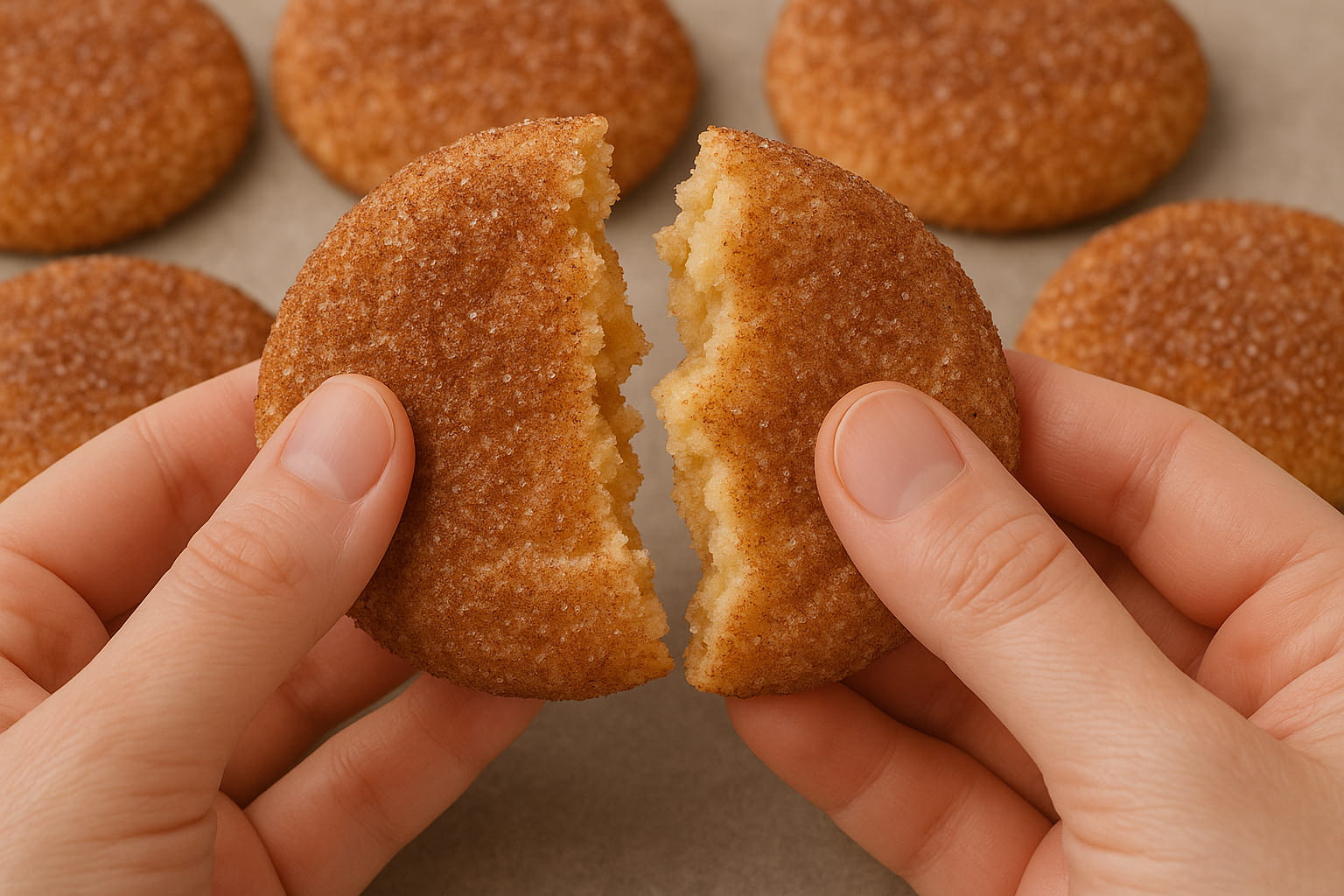
Indulge in the warm embrace of autumn with Pumpkin Spice Snickerdoodles - soft, spiced, and utterly irresistible! The Recipe Pumpkin Spice Snickerdoodles Prep Time: 10 minutes Cook Time: 1 hour ...
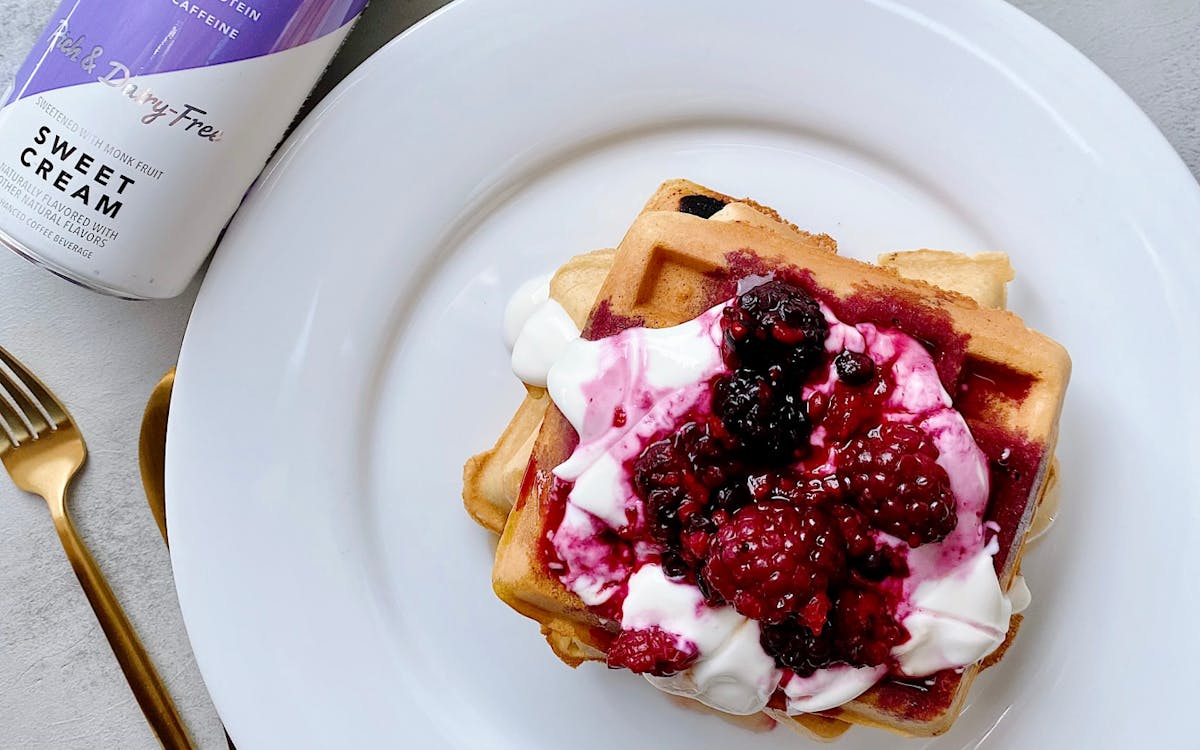
Low Carb Berries & Cream Waffles
These low carb/low sugar waffles are delicious, wonderfully crispy on the outside, and fluffy on the inside. You can also double batch and freeze for easy weekday breakfasts. Featuring our almost-...
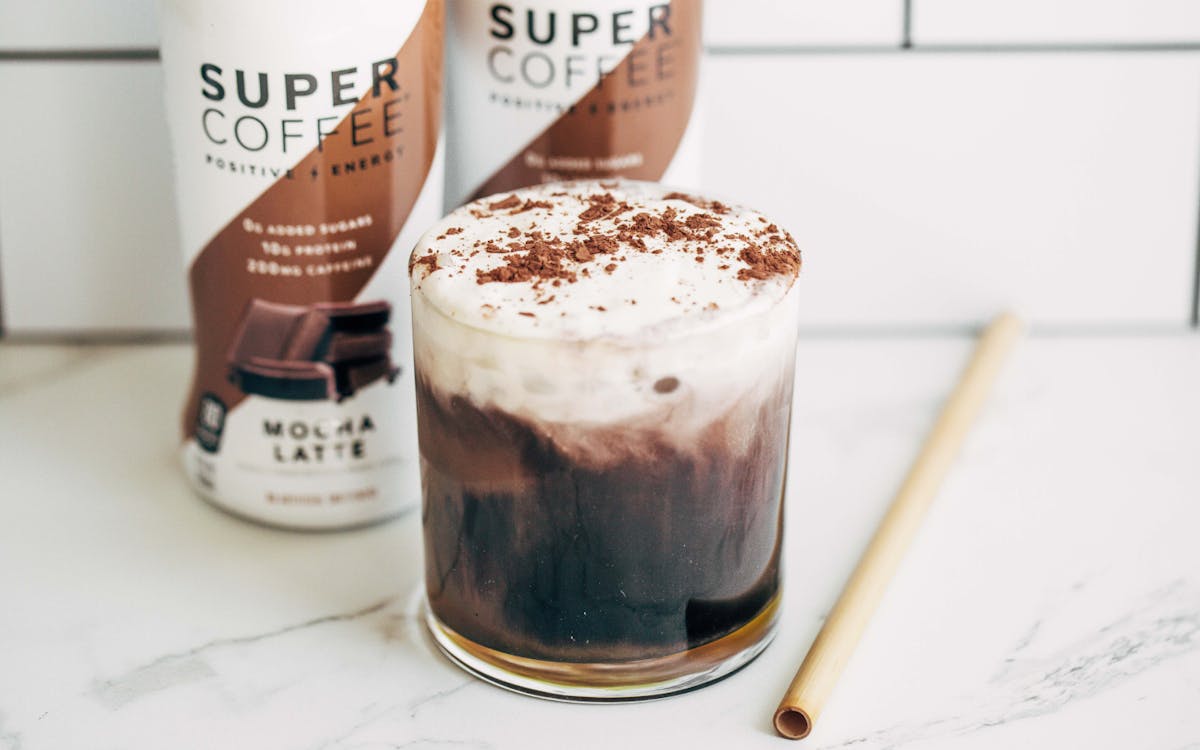
This may be the most fun latte recipe we’ve tried yet! With gooey & decadent black chocolate drizzle and a thick layer of creamy French Vanilla, just one sip of this iced latte will transport ...
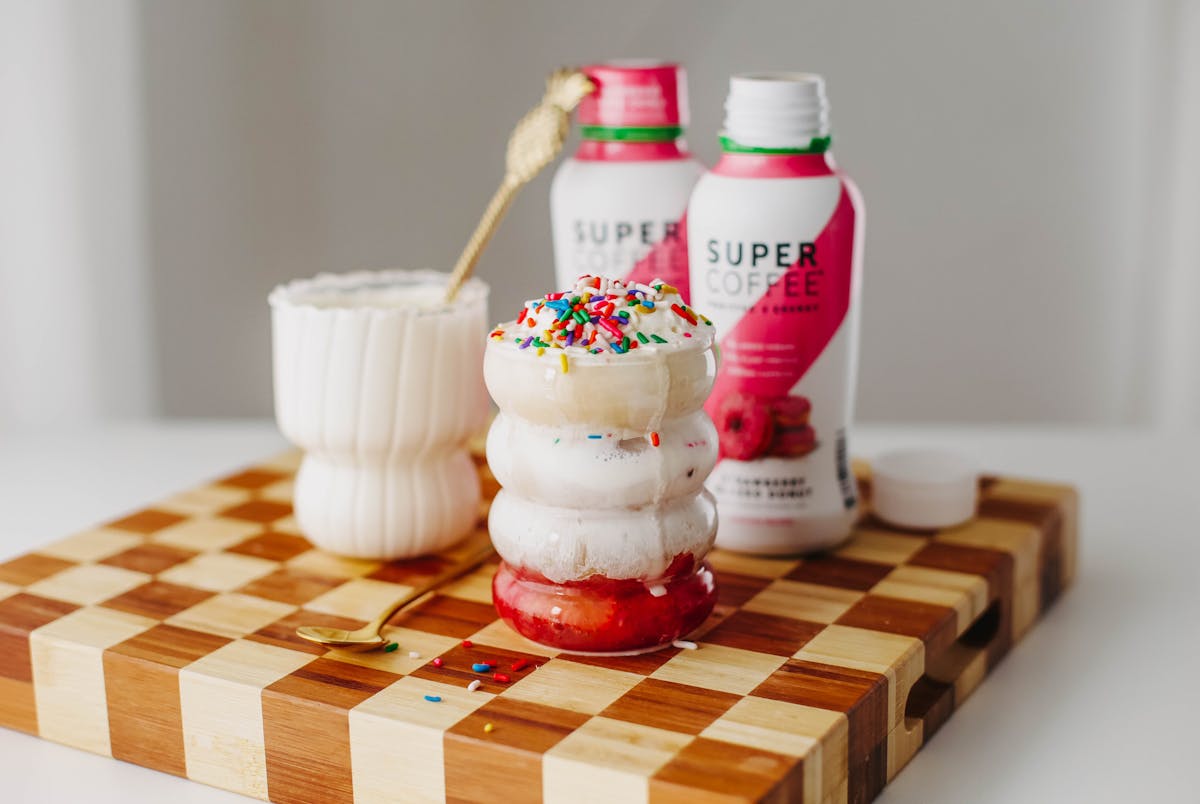
Strawberry Sprinkle Keto Coffee Recipe
Nutritional Info Calories: 274 Fat: 26.7g Carbs: 5.7g Protein: 4.5g Sugar: 2.1g Ingredients 3 strawberries, sliced. 3-4 tbsp heavy cream or half & half. Enough ice to fill a glass. 1/2 cup S...
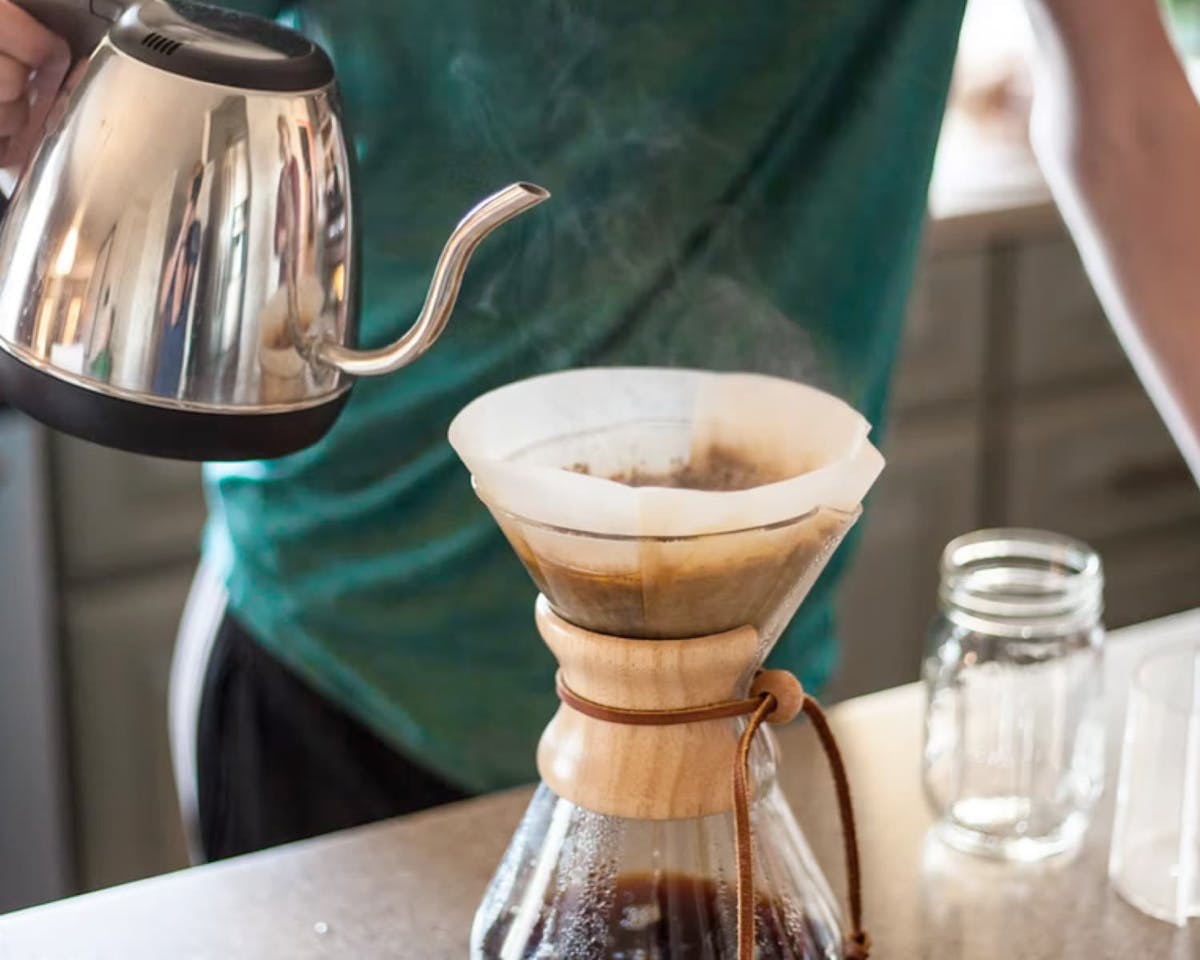
8 Healthy Coffee Recipes That Are Better Than Starbucks
There’s no question about it. Coffee is good for you. Those who don’t like black coffee, of course, commonly add milk, cream and sugar – even if that also means adding calories, fat or carbs to the...



